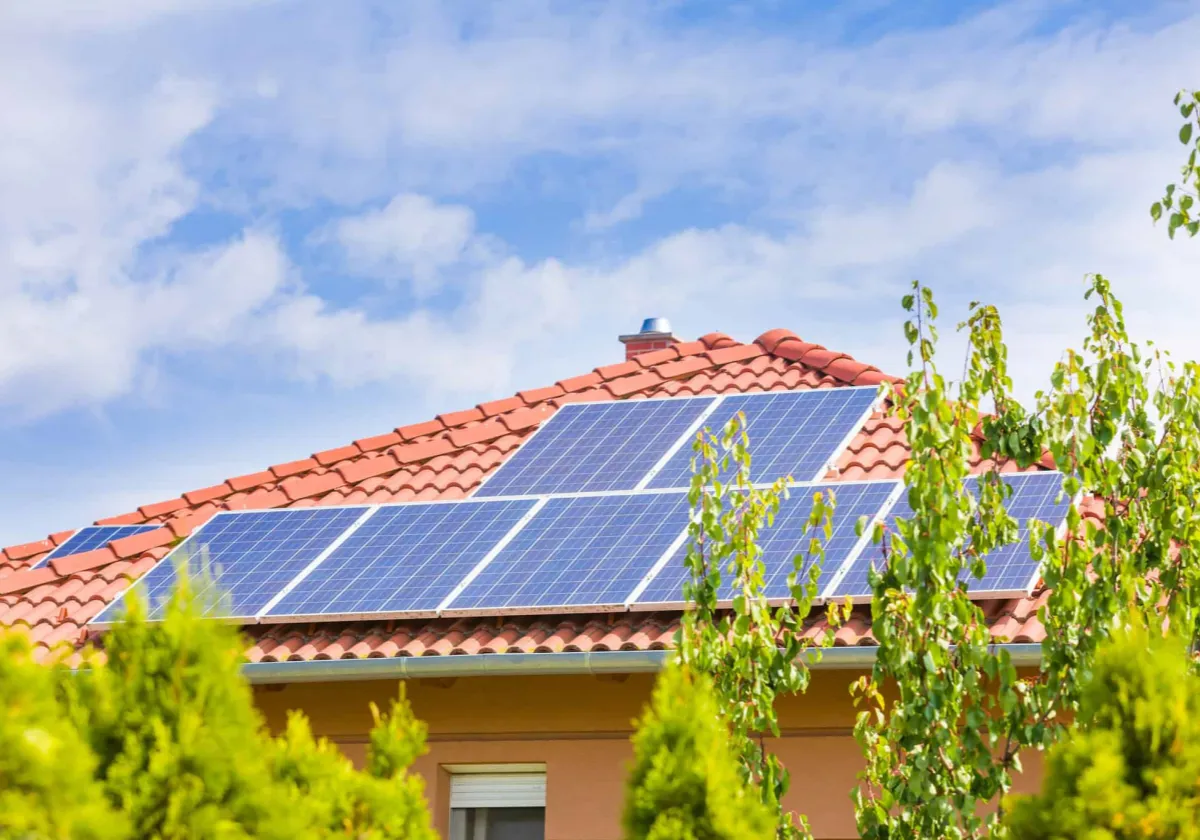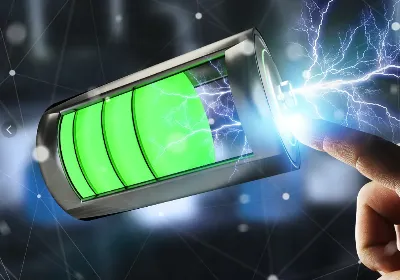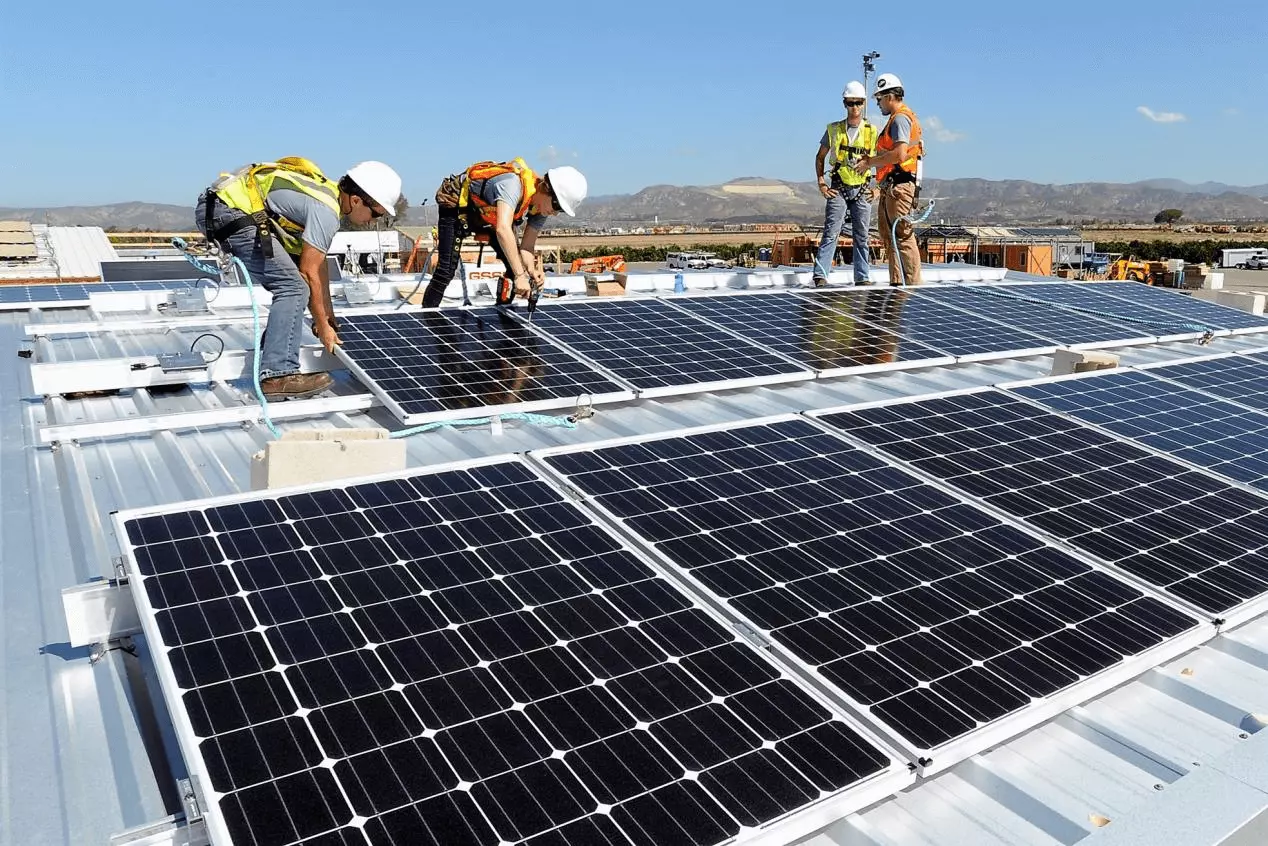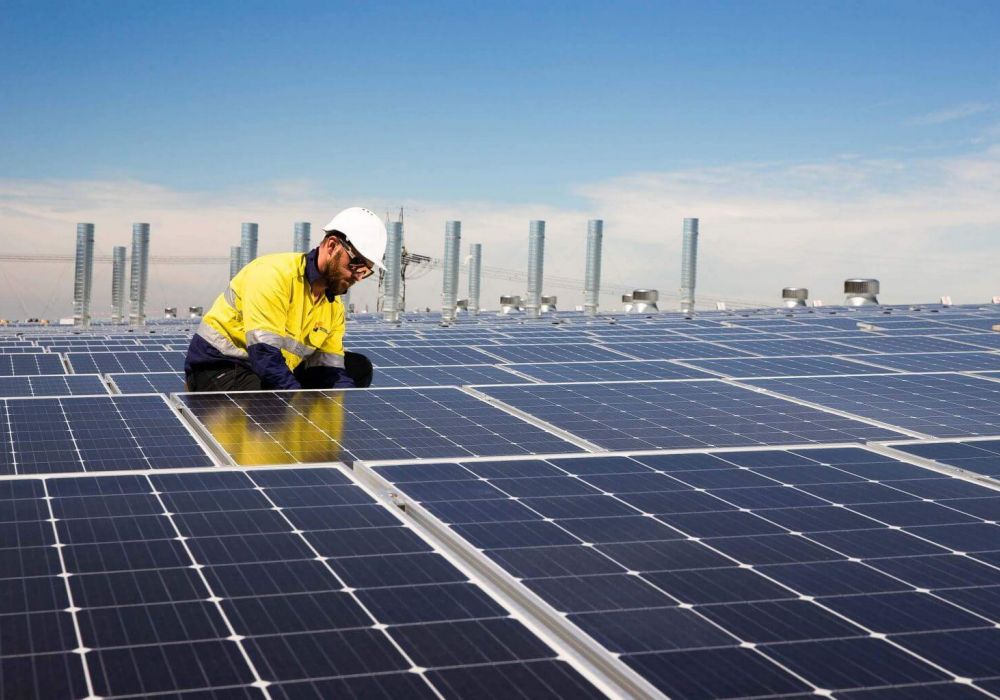What Are the Role and Working Principle of the Inverter in the Photovoltaic Power Station
What Are the Role and Working Principle of the Inverter in the Photovoltaic Power Station
When the public grid is powered off, the grid side is equivalent to a short-circuit state. At this time, the grid-connected inverter will be automatically protected due to overload. When the microprocessor detects an overload, in addition to blocking the SPWM signal, it will also disconnect the circuit breaker connected to the grid. At this time, if the solar battery array has energy output, the inverter will run in a separate operating state. The control is relatively simple when running alone, that is, the negative feedback state of the AC voltage. The microprocessor detects the inverter output voltage and compares it with the reference voltage (usually 220V), and then controls the PWM output duty cycle to achieve inverter and stability. pressure operation.

1.Working principle of photovoltaic grid-connected inverter
- Of course, the premise of running alone is that the solar array can provide enough power at that time. If the load is too large or the sunshine conditions are poor, the inverter cannot output enough power, and the terminal voltage of the solar cell array will drop, thereby reducing the output AC voltage and entering the low-voltage protection state. When the power grid is restored, it will automatically switch to the regenerative state.
2. The role of photovoltaic grid-connected inverter
- The inverter not only has the function of DC-AC conversion, but also has the function of maximizing the performance of solar cells and the function of system failure protection. In summary, there are automatic operation and shutdown functions, maximum power tracking control functions, anti-solitary operation functions (for grid-connected systems), automatic voltage adjustment functions (for grid-connected systems), DC detection functions (for grid-connected systems), and DC grounding detection function (for grid-connected systems).
- Automatic operation and shutdown function
After sunrise in the morning, the intensity of solar radiation increases gradually, and the output of solar cells increases accordingly. When the output power required by the inverter is reached, the inverter starts to run automatically. After starting to run, the inverter will monitor the output of the solar cell components all the time. As long as the output power of the solar cell components is greater than the output power required by the inverter, the inverter will continue to run; it will stop until sunset, even on cloudy and rainy days. The inverter also works. When the output of the solar cell module becomes smaller and the output of the inverter is close to 0, the inverter will form a standby state.
- Maximum power tracking control function
The output of the solar cell module varies with the intensity of solar radiation and the temperature of the solar cell module itself (chip temperature). In addition, because the solar cell module has the characteristic that the voltage decreases with the increase of the current, so there is an optimal operating point that can obtain the maximum power. The intensity of solar radiation is changing, obviously the best working point is also changing. Relative to these changes, the operating point of the solar cell module is always at the maximum power point, and the system always obtains the maximum power output from the solar cell module. This kind of control is the maximum power tracking control. The biggest feature of inverters used in solar power generation systems is the function of maximum power point tracking (MPPT).
- Power grid detection and grid connection function
Before the grid-connected inverter generates electricity, it needs to take power from the grid, detect the voltage, frequency, phase sequence, etc. Will be connected to the grid for power generation.
- Zero (low) voltage ride through function
When an accident or disturbance in the power system causes a voltage sag at the grid-connected point of the photovoltaic power station, within a certain range of voltage drop and within a certain time interval, the photovoltaic power station can guarantee continuous operation without going off-grid.
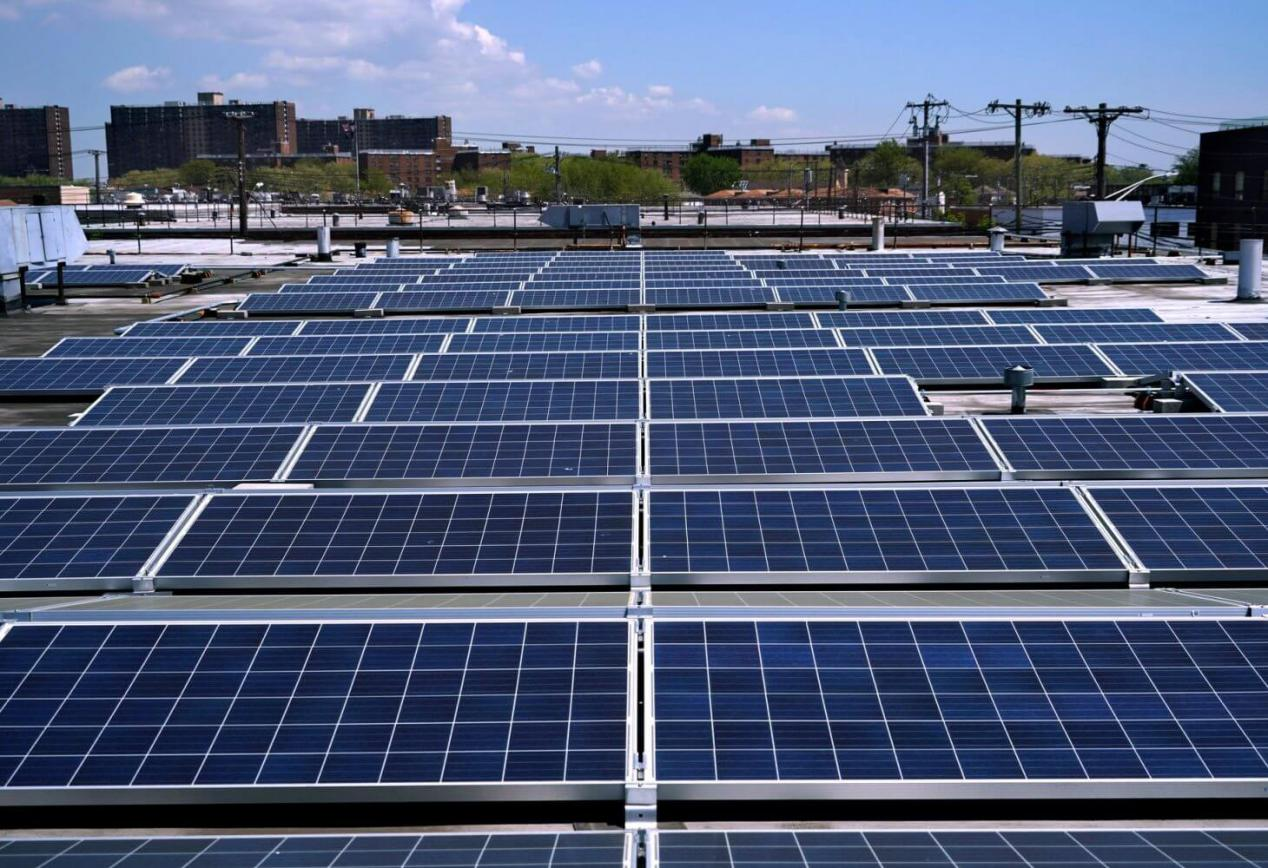
- Detection and control of island effect
During normal power generation, the photovoltaic grid-connected power generation system is connected to the large power grid and transmits active power to the grid. However, when the grid loses power, the photovoltaic grid-connected power generation system may continue to work and operate independently of the local load. This phenomenon is known as the island effect. When the inverter has an island effect, it will cause great safety hazards to personal safety, grid operation, and the inverter itself. Therefore, the grid-connected inverter standard stipulates that photovoltaic grid-connected inverters must have island effect detection and control functions.

